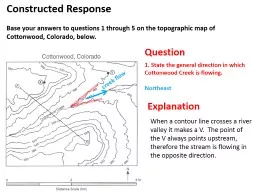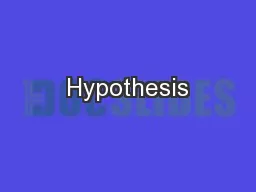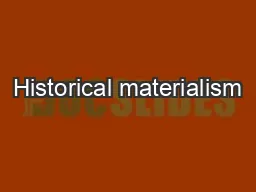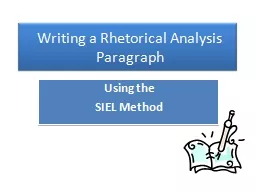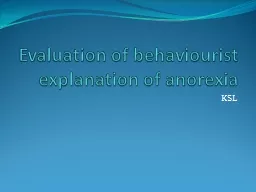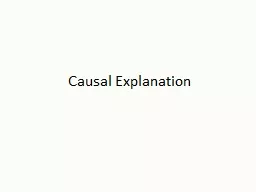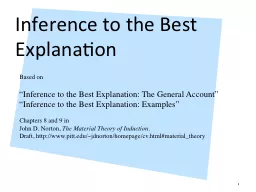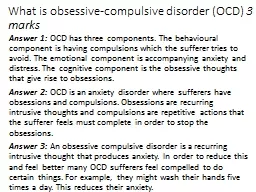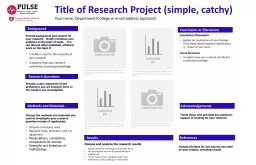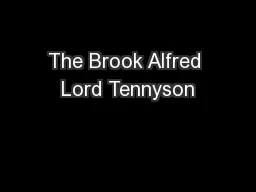PPT-Question Explanation
Author : mitsue-stanley | Published Date : 2018-03-21
When a contour line crosses a river valley it makes a V The point of the V always points upstream therefore the stream is flowing in the opposite direction Constructed
Presentation Embed Code
Download Presentation
Download Presentation The PPT/PDF document "Question Explanation" is the property of its rightful owner. Permission is granted to download and print the materials on this website for personal, non-commercial use only, and to display it on your personal computer provided you do not modify the materials and that you retain all copyright notices contained in the materials. By downloading content from our website, you accept the terms of this agreement.
Question Explanation: Transcript
Download Rules Of Document
"Question Explanation"The content belongs to its owner. You may download and print it for personal use, without modification, and keep all copyright notices. By downloading, you agree to these terms.
Related Documents

